Whoa! Okay—quick confession: I used to re-use passwords. Really. It felt easier back then. That instinct saved time, but not my sanity. After one close call I rethought everything, and the change stuck.
Here’s the thing. Password hygiene isn’t sexy, but it’s the backbone of account security. Medium-length passwords are fine, though length and unpredictability matter more than complexity alone. Long passphrases, when combined with a hardware second factor, create a practical fortress that you can actually live with.
Initially I thought a tough password was enough, but then realized multi-layered protection wins. On one hand a long password resists brute force; on the other hand phishing and credential stuffing laugh at reused passwords—so both matters. Actually, wait—let me rephrase that: passwords protect you from mass guessing, while the rest of your setup defends against targeted tricks and accidental leaks.
My instinct said to start simple. So I switched to a password manager first. That move removed the temptation to recycle stuff like “Summer2020!” and saved me hours. Seriously? Yes. When your manager can generate 24-character random secrets, your brain gets a break and your accounts get stronger.

Why a Password Manager Is the Practical First Move
Short: use one. Medium: password managers store, autofill, and generate strong unique passwords so you don’t have to remember them all. Long: if you combine a reputable manager with device-level encryption and a strong master password (plus 2FA on the vault itself), you get an effective jump in security, because most hacks target weak or repeated credentials rather than impossible random strings.
I’m biased, but everyday convenience matters. When filling forms or logging into exchanges, autofill saves time and reduces mistakes. (Oh, and by the way… keep your manager updated; browser extensions are convenient but also bring attack surface—use them wisely.)
Hardware Keys: Why I Trust My YubiKey
Hmm… hardware authenticator? Worth it. Very worth it. A YubiKey acts like a physical passcode that can’t be phished by a fake webpage if you use WebAuthn. Short sentence: it stops a lot of attacks. The longer version: because the device performs cryptographic operations tied to the site’s origin, a cloned or malicious site can’t trick it into giving up credentials—so even if you type your password into a phishing page, the attacker can’t complete login without the key.
One time I nearly fell for a convincing spoof email. I clicked the wrong link. My gut said somethin’ felt off and I unplugged everything, then double-checked. That pause probably saved me. YubiKeys give you that same kind of last-line assurance—real-world, tactile, impossible-to-guess protection.
How I Combine Manager + YubiKey for Kraken Safety
My setup is deliberately redundant. I use a password manager for long unique passwords, enable hardware 2FA on critical accounts, and keep secure offline copies of recovery codes. For users of kraken that’s the most pragmatic path—strong unique password, a YubiKey registered as your second factor, and recovery codes stored in an encrypted backup.
Do not store recovery codes in plain text on your desktop. Seriously? Yes. Treat them like cash. A locked safe or an encrypted USB stash is better. Also—don’t leave duplicate keys in obvious places. Two backup keys in two separate secure spots is the right balance between availability and risk. Too many backups equals unnecessary exposure; too few equals account lockout nightmares.
Practical Setup Notes (Defensive Only)
Step ideas, not a hack manual: use your password manager to create a long master passphrase, enable 2FA for your vault, and register your YubiKey on Kraken’s security page. Back up Kraken’s recovery codes in an encrypted file and store that file somewhere safe, like an encrypted cloud vault you control or an offline hardware drive. On one hand these measures introduce friction; though actually that friction is the price for real safety.
Here’s what bugs me about typical advice: it’s often all theory and no usability. So pick tools you will actually use. If you hate a particular password manager, try another. If a YubiKey feels awkward, get a second one and practice. Practice logins, test recovery, and then leave it be.
FAQ: Quick Answers
Do I need both a password manager and a YubiKey?
Short answer: yes if you care about security. The manager gives you unique, strong passwords; the YubiKey defends against phishing and account takeover. Together they reduce most common risks.
What if I lose my YubiKey?
Plan for loss: register a backup key and keep recovery codes offline. If you lose both, account recovery may require identity verification with Kraken—so keep records current and avoid risky shortcuts.
Is a browser extension password manager safe?
They’re convenient, but extensions can be targeted. Use one from a reputable vendor, enable the vault’s 2FA, and consider using a desktop app for critical accounts when possible.
Okay, quick aside—I’ve rambled a bit because this stuff matters and it gets me fired up. I’m not 100% perfect (nobody is), but after tightening my process I sleep better. The practical bits: use a manager, pick a strong master passphrase, add a hardware key, and secure backups. Also, practice recovery—do a drill once a year.
Finally, if you ever need to double-check how Kraken handles login flow or 2FA options, you can visit kraken for guidance and official steps. My experience says: the documentation helps, but testing on a throwaway account (or a small funds account) lets you see the process without risking real assets.
Somethin’ to leave you with: security is an ongoing habit, not a one-off chore. Start with tools you’ll keep using. Build a small playbook for emergencies. And when a login looks strange—pause. That tiny pause will save you headaches that are very very hard to undo…

